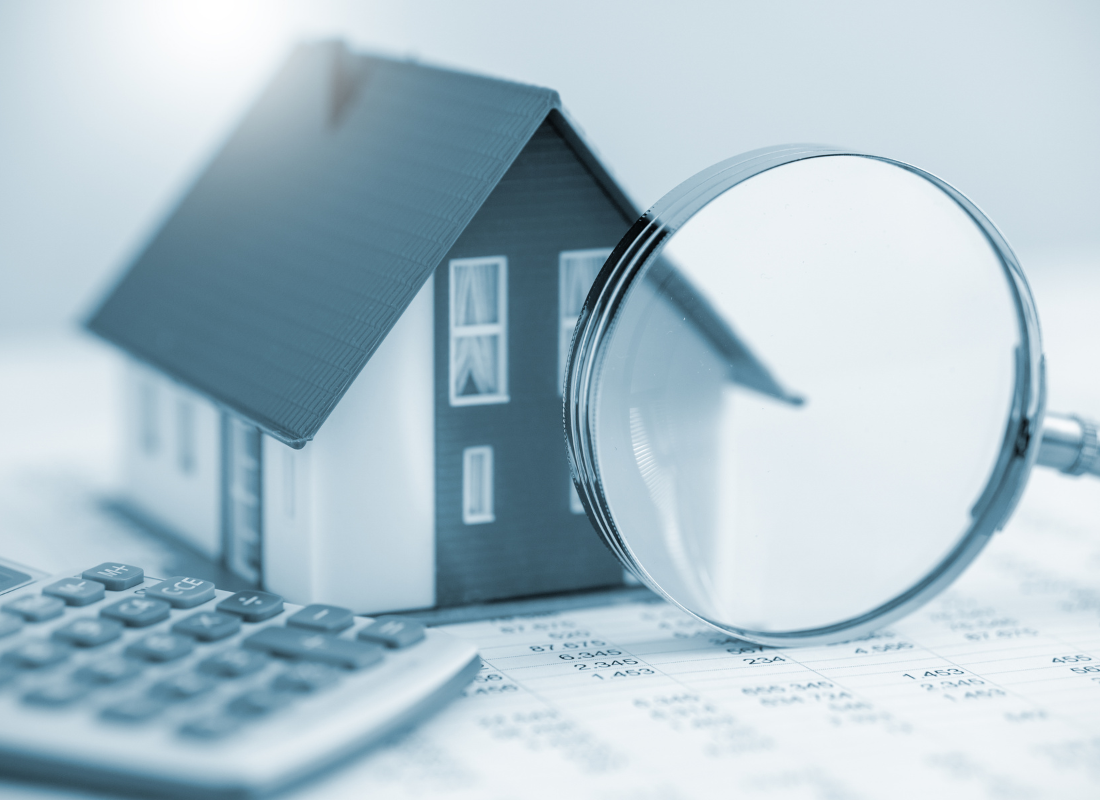Decoding the Recent Trends Behind Multifamily Complex Sales
Originally published on August 20, 2020
Updated on May 18th, 2025
The economic slowdown caused by COVID-19 hasn’t spared the real estate industry-and multifamily complex sales are no exception. These transactions are down significantly from their pre-pandemic boom. What does this mean for you as a real estate investor?
Recently, John VanDuzer, CPA and partner with James Moore & Company, sat down with Beau Beery, Multifamily Investment Advisor with Coldwell Banker Commercial M.M. Parish, to talk about what he’s seeing on this and other issues. Beery’s territory includes the northern half of Florida up through Jacksonville and over to Tallahassee (excluding Orlando, Tampa and the panhandle).
For the purposes of this chat, Beery noted that multifamily complex sales refers to “non-student, non-affordable housing,” or rather, “just a standard, conventional apartment complex.”
Multifamily Complex Sales: By the Numbers
While there isn’t current data yet for COVID-era sales, we can expect to see that soon. Properties under contract in April and May have started to close during July and August, so we don’t know yet if values have dipped as a result of COVID. What we do know is that there are very few closings.
“It’s very, very slow over 75 units ,” notes Beery. “I do have broker friends that trade a lot under 50 units, and that has started back up.” The reason, he says, is simple convenience and necessity. “It’s easier to do inspections and tours and get inside people’s homes in a 15-unit community rather than walking 250 units.”
If we look at the numbers combined throughout north Florida over the past 12 months, the overall closing price is $73,000 per unit. The monthly rent from those units is about $819 (which breaks down to $94 per square foot).
Right now, the average gross rent multiplier (GRM) in Beery’s northern Florida territory is trading at about 8.05. The numbers are higher for Class A projects that are just a few years old; in those cases, the GRM is about 11.25. Beery notes this means an investor is essentially paying 40% more than a regular complex for the same dollar of rent, simply because the complex is newer.
“Gross rent multiplier is an old number,” he told VanDuzer. “I use it as a macro sense. I don’t use them…to value or price an individual asset. But they’re great indicators when you’re looking at big data.”
So what are you paying for with Class A projects? Essentially, less risk. Class B and C have higher risk because they’re older properties and tenant income level is usually lower. For his region, Beery says Class B assets range anywhere from $100,000 to $190,000 per unit. Class C assets run from $40,000 to $80,000 per unit.
Beery also assigns a plus or minus next to the letter (much like school grades) to further categorize properties. For example, C- properties are usually in poor locations, while C+ properties are often “1970s, 1980s vintage.”
Takeaways From the Sales Data
Pre-COVID, the real estate market was soaring. The run-up on multifamily complex sales really started in North Florida in 2015. So the question remains, is there anything left to sell? When considering 100-plus units in multifamily complexes, 29% of the inventory in Gainesville has sold in the last five years. Jacksonville has a rate of 59%, Lake City is at 50% and Tallahassee is at 73%. Ocala is at a staggering 85%-with only two 100-plus complexes that haven’t sold over the past five years.
Where’s the opportunity if you’re currently looking to expand your portfolio with multifamily complexes? You need to look beyond the percentages.
For example, consider Polk County, where Beery has seen a 30% rate for multifamily complex sales over the last five years. It is a smaller market with only 39 complexes total, but opportunities are still there. Jacksonville is another such area. Around 59% of that market has been traded, but 129 complexes still haven’t sold over the last five years. That said, investors from all over the country are competing to buy those properties.
The question remains: what percentage will sell in 2020? According to third party information trackers, deal flow has slowed 75%. Is it a bad omen that sales have lagged? No, says Beery. “It’s just that sellers feel like sellers are doing well in collecting…the vast majority of all their rents. So, to them, their value hasn’t changed, but to the buyer…many of them expect a discount.”
Unfortunately for the buyers, there’s no room for such a discount. In fact, a seller has no reason to give one other than the financing component.
All content provided in this article is for informational purposes only. Matters discussed in this article are subject to change. For up-to-date information on this subject please contact a James Moore professional. James Moore will not be held responsible for any claim, loss, damage or inconvenience caused as a result of any information within these pages or any information accessed through this site.
Other Posts You Might Like

